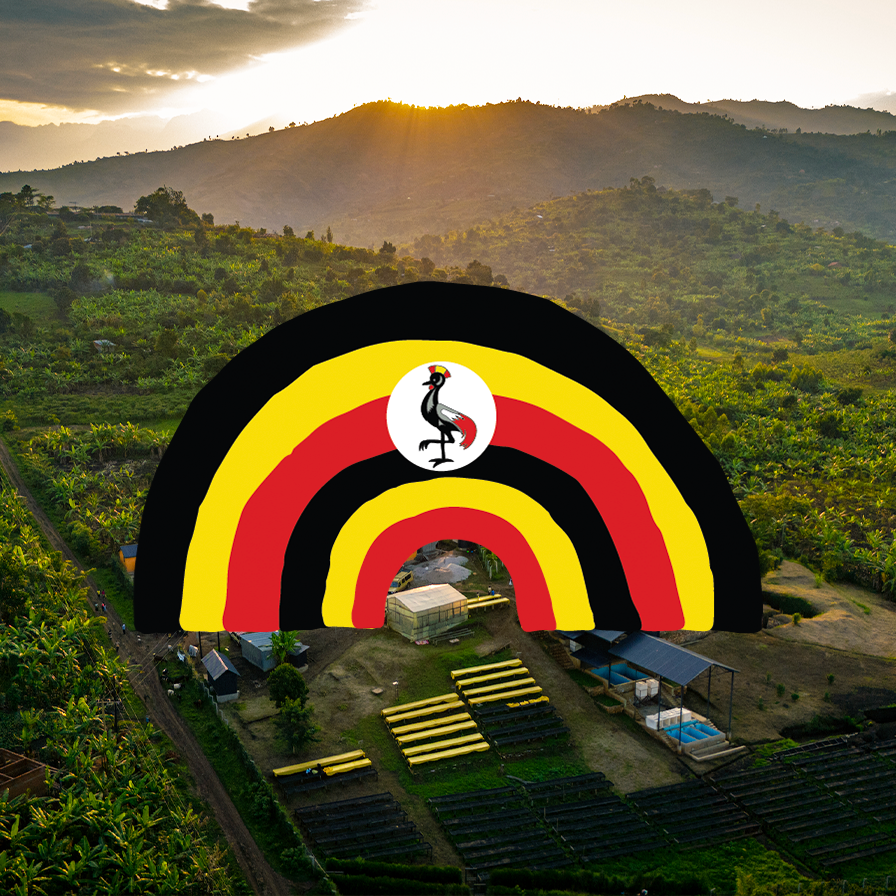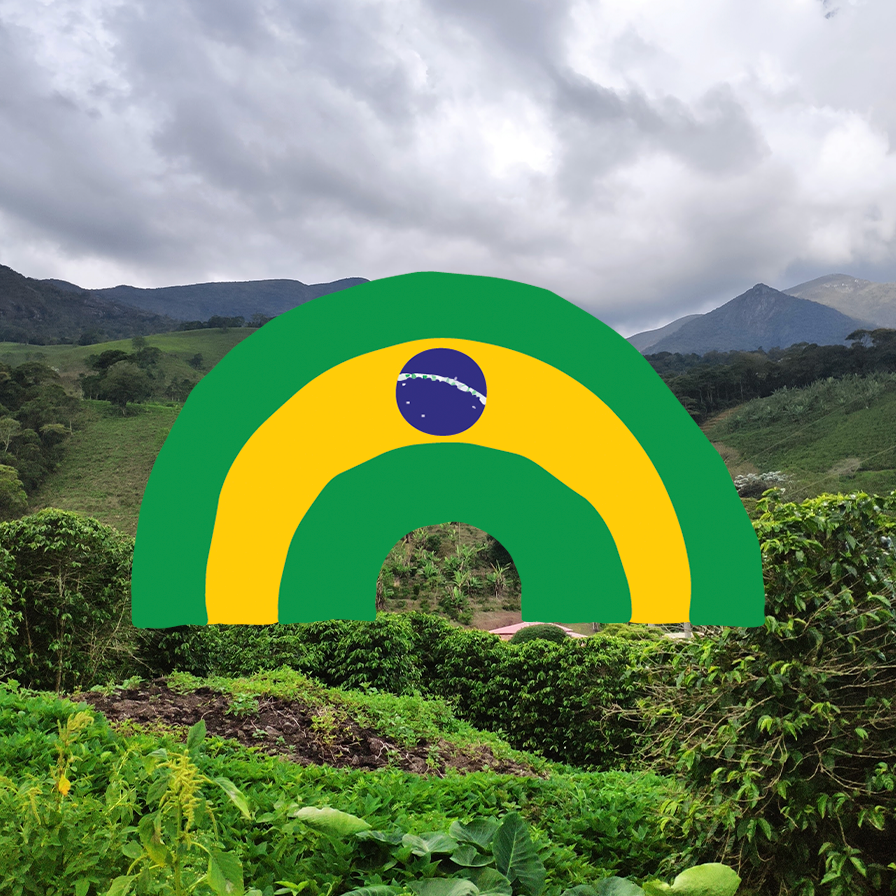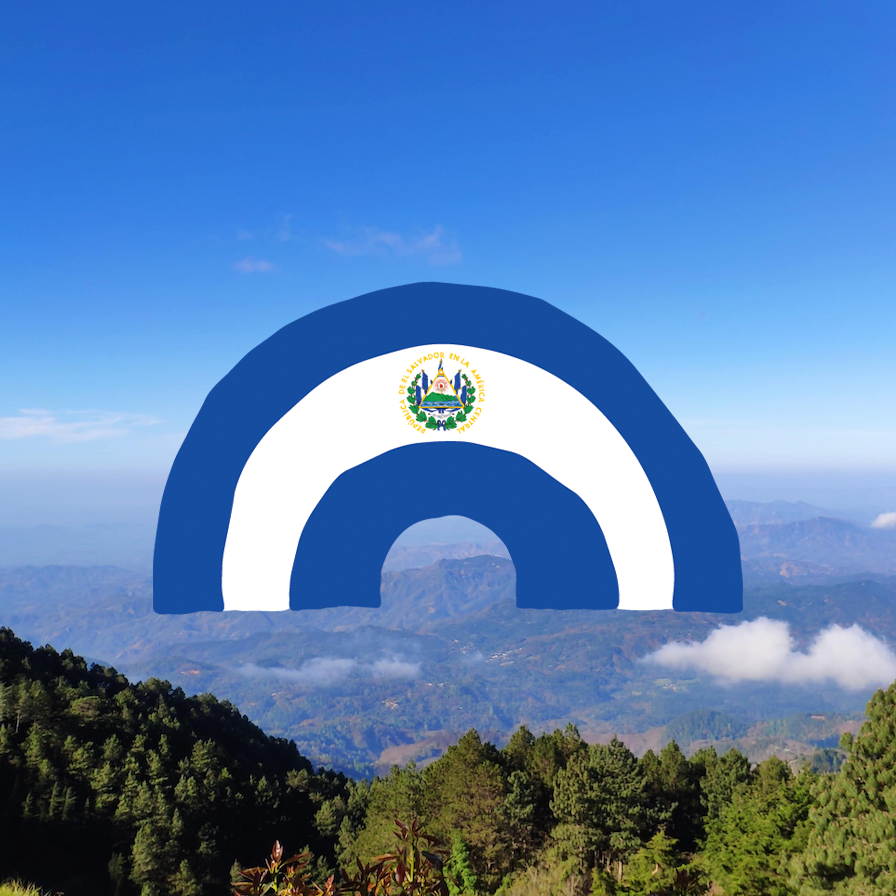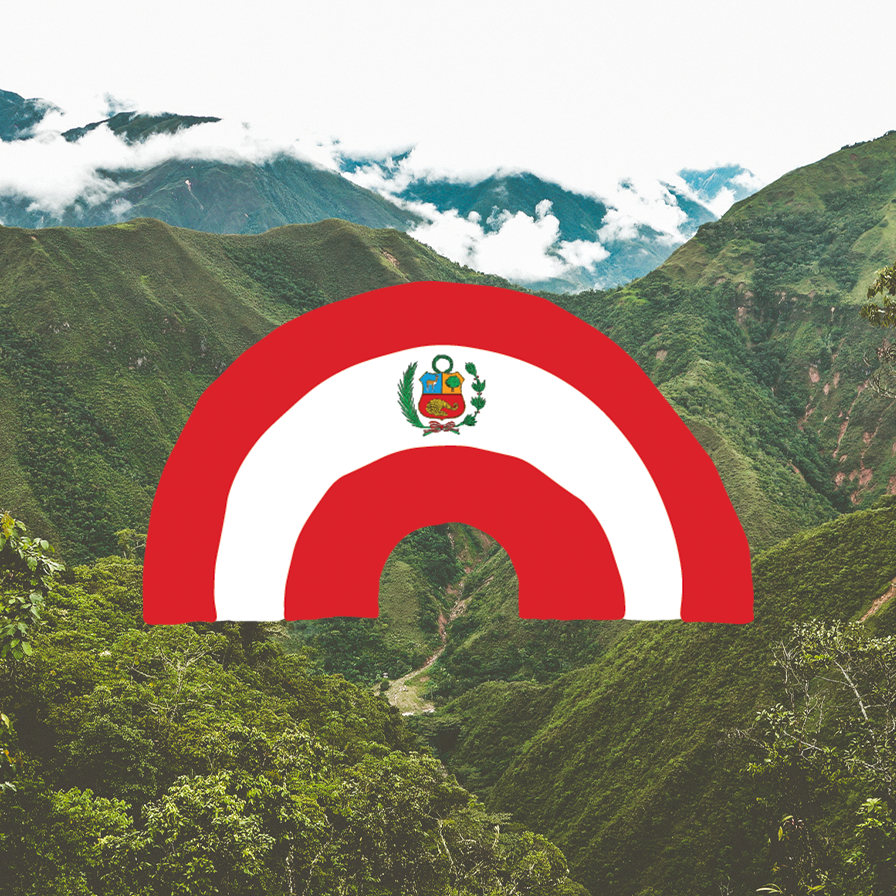
PERU, AGUA DE NIEVES

Peru is an amazing place for coffee in terms of climate, altitude, and soil conditions, but it is quite recently that Peru has gotten its well-deserved reputation as a great coffee-producing nation. It has long been considered the ’baby brother’ of Colombia, but things are changing. The landscape of Peru is very varied and to reach the Lykke farms in Peru, you cross the Andes, amongst its snow-covered peaks, and in just a couple of hours, you descend into the dense tropical rainforests that are literally the beginning of the Amazon.
This region is called Chanchamayo and is one of the biggest producing regions of coffee in the country. Thanks to the high elevations from the slopes of the Andes and the lushness, the potential for quality coffee here is great and farms in the region resides on anything from 1500 meters all the way up to 2300 meters above sea level.

In the subregions of Agua de Nieve, Monobamba we have our Lykke base. Not only home to our own little 5 hectare plot, but more importantly the wonderful network of small holder producers that we work with. Ever since day one back in 2020 , Delvis Anchiraico Cosios and his neighbours in the community of Agua de Nieve have been essential for Lykke. Their coffees was some of the first we exported to take Lykke off the ground and has grown into being a true backbone to our product portfolio. With its coffees being present in some of our most loved blends and the single origin product of Snövatten. Our own piece of land is beautifully situated just next to Delvis and his father, at an elevation ranging from 1700-1900 meters where the conditions are great for growing coffee. The 5 hectares is plenty enough for the Lykke farm as we plant several different varieties and can experiment with methods of regenerative practices and specialty processing.

We have some truly wonderful memories together with Edinson and Delvis in these lands, where bumping around the dirt roads in the pickup truck listening to latin music and laughing, are some of the most vivid ones. Actually strong enough to us jokingly naming the farm “Finca Criminal” after the ever so popular song “Criminal” by Natti Natasha and Ozuna. Listen to the track here!
Disclaimer: Neither one of us has any connections to criminal activity but share the joy of hearing some up-tempo Reggaeton-tunes.

In our community the median farm size is approximately 1 hectare of land. Producers commonly plant and nurture varieties such as Caturra and Catuais and some farmers also have some old Typica trees in their fields. From these coffee trees, producers make roughly 600 kilograms of green coffee during the year.
With proper inputs and training we see the possibility to raise this median by at least 50% and thus drastically improving farmers’ income and long term profitability. Another important aspect is of course how this coffee grown. Thankfully there is a vast tradition of coffee of growing in Peru being done with minimal chemical pesticides, something that correlates with our message of agroforestry and regenerative methods.
Part of our farmer base is already doing some organised ways of agroforestry by intercropping with other food trees. And by increasing the access to training we aim to amplify these activities. The majority of coffee around here is processed through the fully washed method. It means there are micro pulping lines and fermentation setups within the farms. Sized just enough for the small volumes produced at the farm and most often with pulpers manually run or by a small motor. Coffee is pulped and let to ferment for up to thirty hours depending on temperature, before it is washed clean and put to dry on raised beds. A drying process that takes roughly 12-20 days.

Fundo San Vicente and the Kataleya Project
Edinson Villa Loayza is Lykkes main man in Peru and the one who makes sure everything runs smooth in operations from the planted tree to final bag of exportable green coffee. Being born and raised in Chanchamayo he knows the coffee sector like the back of his hand. Edinsons own farm San Vicente is located closer to the towns Yurinaki and Pichanaki, where he also has a little roasting company and coffee shop called Tinto Café.
At his San Vicente farm Edison has approximately 33 hectares of coffee planted and he operates the farm together with his two sisters. And his mother still lives at the farm. The majority of fields are planted with Caturra trees but we have also started experimenting with some exotic varieties such as Geisha, SL28 and as well the more native Typica. Other experiments we’ve undertaken has been in the lines of processing where we’ve been doing Anaerobic fermentations, co-fermentations as well as multiple experiments in the fully washed process with extended fermentation times and temperature manipulations.
In the farm Edinson manages his fields with a clear vision of sustainable practices. A balanced canopy of shade trees by intercropping fruits and vegetables. Saying that Edinson is a pioneer and true ambassador for quality coffee and sustainability is simply an understatement.Our partnership with Edinson embodies everything Lykke stands for, where these experiments and ideas of stretching what is possible to the region – is solely a risk for us, not surrounding farmers. But when creating new formulas that works - can be spread to and applied by many more farms.
One such example is that of the Kataleya project. Only a bit further up the mountain from Edinson’s farm is the valley named after the Kataleya orchid which has a rich presence in this almost mystical place. The valley resides like a pocket in the mountain range and naturally collects vast amounts of fog and mist. Creating a perfect micro climate that just makes everything green and lush. Tito Cachay is a farmer here and has over the years spoiled us with some truly fragrant and delicious geisha beans. Grown completely free from synthetic inputs in a well shaded canopy in harmony with birds, bees and of course – a plentiful of Kataleya orchids. You will find Titos geisha coffee in our limited edition cans once every year.












